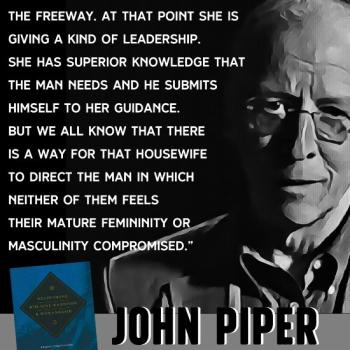Al Tompkins of the Poynter Institute provides a useful, if disturbing, set of leads and resources on the increase in domestic violence over the past two years.
He cites the following statistics from the Family Violence Prevention Fund:
"Estimates range from 960,000 incidents of violence against a current or former spouse, boyfriend or girlfriend per year to three million women who are physically abused by their husband or boyfriend per year.
"Around the world, at least one in every three women has been beaten, coerced into sex or otherwise abused during her lifetime.
"Nearly one third of American women (31 percent) report being physically or sexually abused by a husband or boyfriend at some point in their lives, according to a 1998 Commonwealth Fund survey.
"Nearly 25 percent of American women report being raped and/or physically assaulted by a current or former spouse, cohabiting partner or date at some time in their lifetime, according to the National Violence Against Women Survey, conducted from November 1995 to May 1996.
"In the year 2001, more than half a million American women (588,490 women) were victims of nonfatal violence committed by an intimate partner.
"Intimate partner violence is primarily a crime against women. In 2001, women accounted for 85 percent of the victims of intimate partner violence (588,490 total) and men accounted for approximately 15 percent of the victims (103,220 total)."
This wealth of statistics shows, as Clea Benson writes in a Philadelphia Inquirer article on the city's new "domestic violence task force," that "Much work has already been done to measure the problem."
Well good. It's nice to see that our problems are all being carefully measured. God forbid that we should attempt to address any problem before compiling mountains of data examining the precise breadth, length and depth of the matter.
I have nothing against all this painstaking measurement per se, but it does raise questions of triage and priority. I want to see Philly's new "task force" provide something beyond mere measurement. I'd rather see them stop the bleeding than see them produce another grant-funded study measuring the loss of blood.
The Women's Law Project has already completed such a study, and Benson reports on its findings:
The report described abuse victims huddling in the Family Court's dirty, smoky bathrooms because their alleged abusers were in the only available waiting room; family members waiting outside in an alley because they were barred from court proceedings; and courtrooms being monitored by only a few security guards.
Two judges handle about 40 petitions for restraining orders every day. City abuse hotlines, meanwhile, field about 80 calls daily.
And for all of these domestic violence victims, there is only one 50-bed safe house, run by Women Against Abuse. …
In court, most victims do not have lawyers representing them …
A good friend of mine is an attorney who would very much like to be involved in exactly this area of the law. Unfortunately, she can't afford to do so because her debt from law school requires an income that exceeds what such positions can offer.
An LRAP (loan repayment assistance program) would be a cost-effective way of increasing the pool of legal representation for the victims of domestic violence. At the very least, some sort of flexible spending account could be offered to allow public service attorneys to repay their loans with pretax income.
Tompkins also points to an article by Jessica Heslem in the Boston Herald, titled "Shelters inundated as domestic killings rise." Heslem notes that domestic killings — fatal cases of domestic violence — are up 40 percent this year in Massachusetts.
Heslem cites some Boston activists who are trying to get faith communities to be more aware and more involved in confronting domestic violence and supporting its victims:
Advocates … made a push for religious leaders to seek training and reach out to victims of abuse.
"I spent two decades in a marriage scarred by verbal, emotional, physical and sexual abuse, and no one in my faith community knew it,'' said survivor and East Bridgewater mother Debra Moore.
Religious congregations are well-situated to make a difference in the lives of women struggling to cope with domestic violence. For anyone who's interested in trying to get their church more involved on this issue, some recommended resources:
* Women, Abuse and the Bible, by Catherine Clark Kroeger.
* Family Violence: The Compassionate Church Responds, by Melissa A. Miller.
* For much more, see Christians for Biblical Equality, (their online resource catalog has two pages — here and here) of books on the subject.












